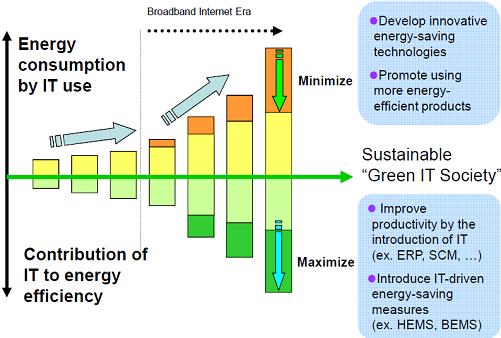This article discusses 7-inch color e-reader gets B&N eBookstore integration.
Pandigital digital photo frame manufacturer has announced its entry into the world of e-readers with a novel seven-inch color complete. Readers Android-based multi-touch features gigabytes of internal memory, supported by Mobile ARM processor and has two modes of reading. Users will also benefit from corporate partnerships with Barnes & Noble, provides access to over one million titles as well as services such as book-borrowing LendMe technology.
For the first dip into e-reader market, Pandigital has managed to print a partnership agreement with Barnes & Noble to allow users access to B & N eBookstore and related services. And more than half a million free-to-download classical, e-book service allows users to search, purchase and download the magazine, newspaper and book title with a WiFi connection in seconds.
7-inch 800 x 600 color touchscreen LCD multimedia display novel features edge-to-edge glass, an automatic orientation sensor for portrait and landscape adjustment, SD / MMC card slot for expanding on 1GB internal memory and a mini-USB 2.0 port for direct connection to a computer or laptop. This is supported by the ARM 11 processor running 800MHz Mobile 2-based Android operating system.
In addition to 802.11b/g/n wireless connectivity, this device also benefits from an onboard dictionary, font size can be adjusted, some bookmarks, web browser and email application, a multimedia player, alarm clock, calendar, and, naturally, can be used as a photo viewer also. The 5.5 x 7.5 x 0.5 inches, 16 ounces reader supports most of the common formats including ePub, PDF, HTML, MP3, AAC, JPEG, PNG and MPEG4 video. The battery is said about six hours.
Has a color LCD screen is perhaps more direct response than the Kindle and angle iPad, the benefits of this type of rack, and the contrast is better than e-Ink display. night mode read The novel is able to offer some relief for tired eyes though, inverting the text and background colors to see more wisely.
The novel will be available in early June for U.S. $ 199.99, which includes display stand, USB cable and power adapter.
Article Source:
http://www.gizmag.com/pandigital-novel-ereader-announced/15233/
























